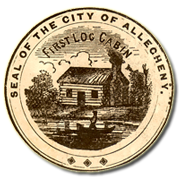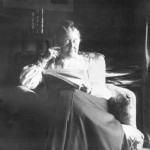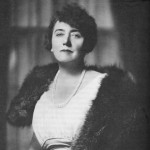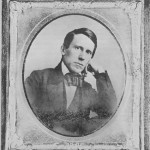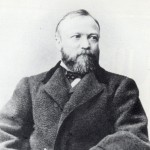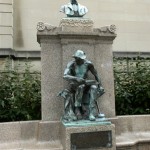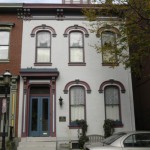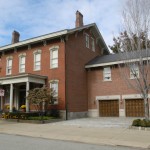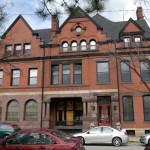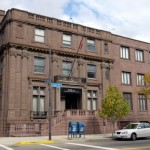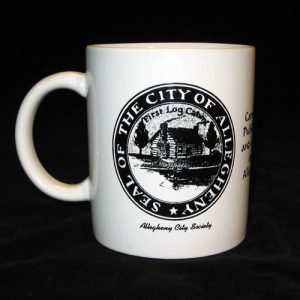Allegheny City was served faithfully by 32 mayors from its incorporation as a city in April 1840 through the consolidation with the City of Pittsburgh in December 1907. Initially, the office of mayor had a one-year term limit. The Corporation…
- Join Us
- News and Events
- Publications
- Resources and Links
- William Rimmel Award
- 2021 – Dan Holland, Ph.D.
- 2017 – Christopher George
- 2016 – Pittsburgh History and Landmarks Foundation
- 2015 – Steve Mellon
- 2014 – Dan Rooney and Carol Peterson
- 2013 – Dan Handley, Ph.D.
- 2012 – Gus and Yia-Yia Kalaris
- 2011 – Stanley Lowe
- 2010 – Tom and Mary Beth Pastorius
- 2009 – Lisa Miles
- 2008 – Meg Cheever & Christina Schmidlapp
- 2006 – The Buhl Foundation
- 2005 – Ed & Mary Ann Graf
- 2003 – Albert C. Mazukna
- 2002 – Jane Ford Johnson
- 2001 – Christine Davis
- 2000 – Patricia Lowry
- 1999 – Mary Wohleber
- 1998 – Rick Sebak
- 1997 – John DeSantis
